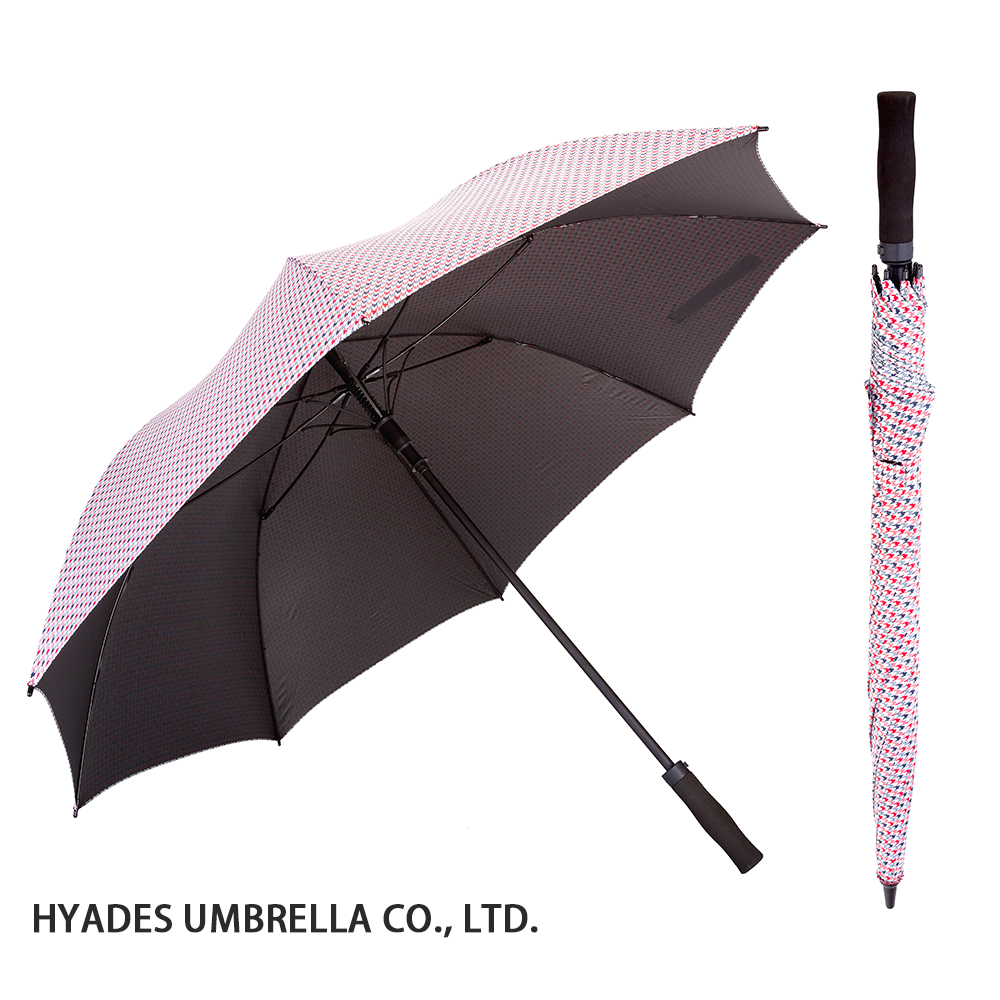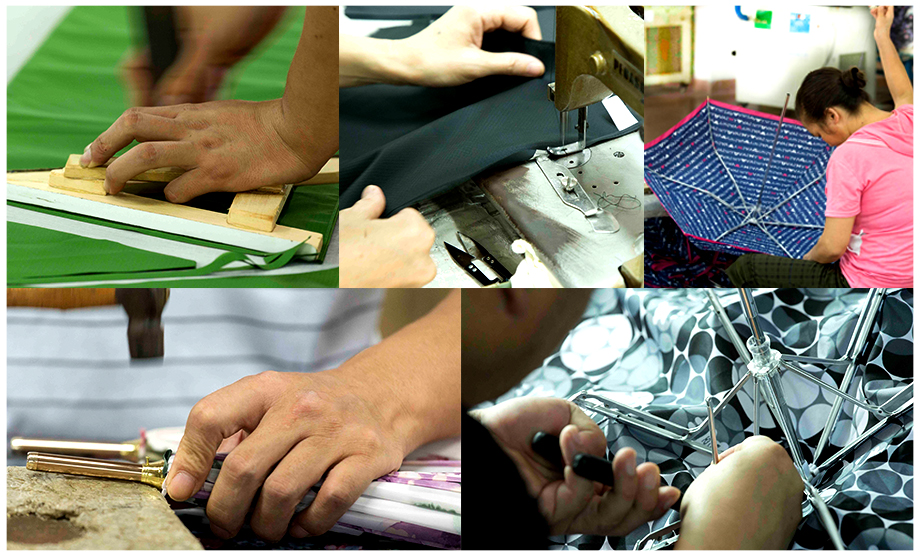How to ensure the printing quality of decorative UV screen printing ink
In order to ensure the printing quality of decorative UV screen printing inks, the following process factors should be taken into consideration during printing.
1. Wire mesh number
Different uses of UV inks, due to different printing requirements, the number of screen meshes selected for printing is also different. In general, the higher the degree of fineness of the print, the higher the number of screen meshes required. When printing halftone products, it is generally required that the ratio of the screen mesh number to the screen number is greater than 42.
For printing of decorative UV inks, the number of screen meshes should be selected according to the requirements of the specific ink. If printing with UV screen printing imitation metal etching ink, the number of screen meshes should be matched with the thickness of the ink sand type. If the sand type is coarse and the grain size is large, a lower mesh screen should be selected. Larger aperture allows the ink to be printed on the substrate through the screen, otherwise, it will remain on the screen, resulting in thinner sand on the printed material. Also, as the printing progresses, the viscosity of the ink on the screen gradually increases, and the ink particles accumulate. If the sand type is fine and the particle size is small, a higher mesh number screen can be selected. In general, the mesh size is 150-250 mesh/inch, and the higher the mesh size, the finer the sand pattern will be. .
When printing with UV screen printing wrinkle ink, the number of screen meshes can be selected according to the wrinkle size to be achieved. The higher the screen mesh number, the smaller the wrinkles, and vice versa. In general, the mesh size is 120-200 mesh/inch. When printing with UV screen printing coral ink, the situation is similar to UV screen printing wrinkle ink. The number of screen meshes can be selected according to the size of the corrugated ripples to be achieved. The higher the screen mesh number, the smaller the coral-like ripples, and vice versa. The bigger. For UV screening inks, the number of screen meshes selected should match the size of the ice flower.
2. Network distance
When printing, the distance between the screen and the substrate has a great influence on the printing effect. The net distance is too small, the edge of the imprinting is not clear, and the effect of the decorative ink after printing is not obvious; the net distance is too large, which will have some influence on the printing accuracy, and even tear the screen. Therefore, the net distance should be appropriate when printing.
3. Scraper angle
The angle of the squeegee is related to the amount of ink to be printed. The angle of the squeegee is large, the amount of ink is small, the ink of the printed matter is light, and the effect of the decorative ink after printing is not obvious; the angle of the squeegee is too small and the amount of ink is too much. It will cause serious ink spread, and the fineness of printing will be affected. Therefore, the angle of the squeegee should be appropriate when printing.
4. Printing pressure
Printing pressure also affects the ink output during printing. The printing pressure is small, the amount of ink discharged is small, the ink of the printed matters is light, and the effect of decorative ink printing is not obvious; the printing pressure is too high and the amount of ink discharged is too high. The ink spreads heavily and even tears the screen. Therefore, the printing pressure should be appropriate.
5. Printing speed
Printing speed can also affect the amount of ink when printing, printing speed is too fast, the amount of ink is less, the printed ink color is light, in addition, the effect of decorative ink printing is not obvious, so the printing speed can not be too fast.
Of course, these above-mentioned process conditions should also match each other, if the printing speed is fast, should choose the bigger printing pressure, the smaller squeegee angle and so on carries on the printing, simultaneously the ink viscosity cannot be too high.
6. UV curing light source
Since the curing of the UV ink is accomplished by polymerization and cross-linking reaction after the photoinitiator absorbs the radiant energy of the UV light, the selection of the UV light source has a crucial influence on the curing speed of the UV ink. Consider the following factors when choosing a curing light source.
(1) The output spectrum of the light source should be matched with the absorption spectrum of the photoinitiator as much as possible so as to maximize the use of the radiant energy of the light source and generate more free radicals, thereby increasing the curing speed of the UV ink. Commonly used UV curing light sources are medium pressure mercury lamps (included in high pressure mercury lamps in the country) that emit light at the following wavelengths: 405 nm, 365-366 nm, 312-313 nm, 302-303 nm, 297 nm, 265 nm, 254 nm, and 248 nm.
(2) The efficiency of conversion of electrical energy to UV light should be high.
(3) Light intensity should be appropriate. Intensity is too high, and free radicals are generated rapidly. If the concentration is too high, it will lead to a faster termination reaction and adversely affect the cross-linking reaction. When the intensity is too low, the rate of free radical generation is too slow and the oxygen inhibition effect will be strong. These will make the UV ink cure too slowly.
(4) Long service life. The UV lamp will gradually deteriorate. The UV lamp that has expired will have a much lower light intensity, making the UV ink cure too slowly.
(5) There should be a good lampshade condenser. The quality of the lampshade has a great influence on the curing efficiency of the UV ink. In the same UV lamp, the lampshade is different, and the curing efficiency of the ink may even be several times different.
(6) The shape of the UV lamp is suitable, the light can evenly shine on the printed matter, and it is easy to install, cheap, safe and reliable. Generally, the tubular lamp is used.
(7) Due to the ozone generated in the air under UV light, there should be ventilation equipment.
The medium power mercury lamps used for the curing of colored inks generally have a power density of 120 W/cm. The medium pressure mercury lamps used for the curing of colorless inks have a power density of 80 W/cm, lamp lengths from a few cm to 200 cm, and diameters of 15 -25cm. Because of its high temperature in the application, cooling is required, and the service life is generally about 1000 hours. Mercury lamps require a ballast, the light intensity of the lamp is constant, the current and voltage can be adjusted, or the high current and low voltage, or the low current high voltage.
After the mercury lamp is turned on, it needs a warm-up period to facilitate the evaporation of mercury. During the preheating of the mercury lamp, the desired UV light cannot be obtained. After the mercury lamp is turned off, it cannot be restarted immediately. It needs cooling for a period of time, which will cause some inconvenience for use. Nowadays, an electrodeless mercury lamp has been introduced on the market, which can be switched instantaneously and has a long life and great efficacy.
Source: China Printing Chemicals Network
This Auto Open Golf Umbrella allows you to quickly get shelter from unexpected showers with ease. Perfect for use on the golf course or off of it, this sleek umbrella features an expansive and water-repellent canopy, a comfort design handle, and a convenient auto open button. The smooth auto opening function is extremely handy, allowing you to quickly expand your umbrella anytime there is a sudden downpour. Get a great deal with our auto open golf umbrellas wholesale pricing today!


Auto Open Golf Umbrella
Auto Open Golf Umbrella,Automatic Golf Umbrella,Double Canopy Golf Umbrella,Colorful Golf Umbrella
Hyades Umbrella Co., Ltd. , http://www.hyadesumbrella.com